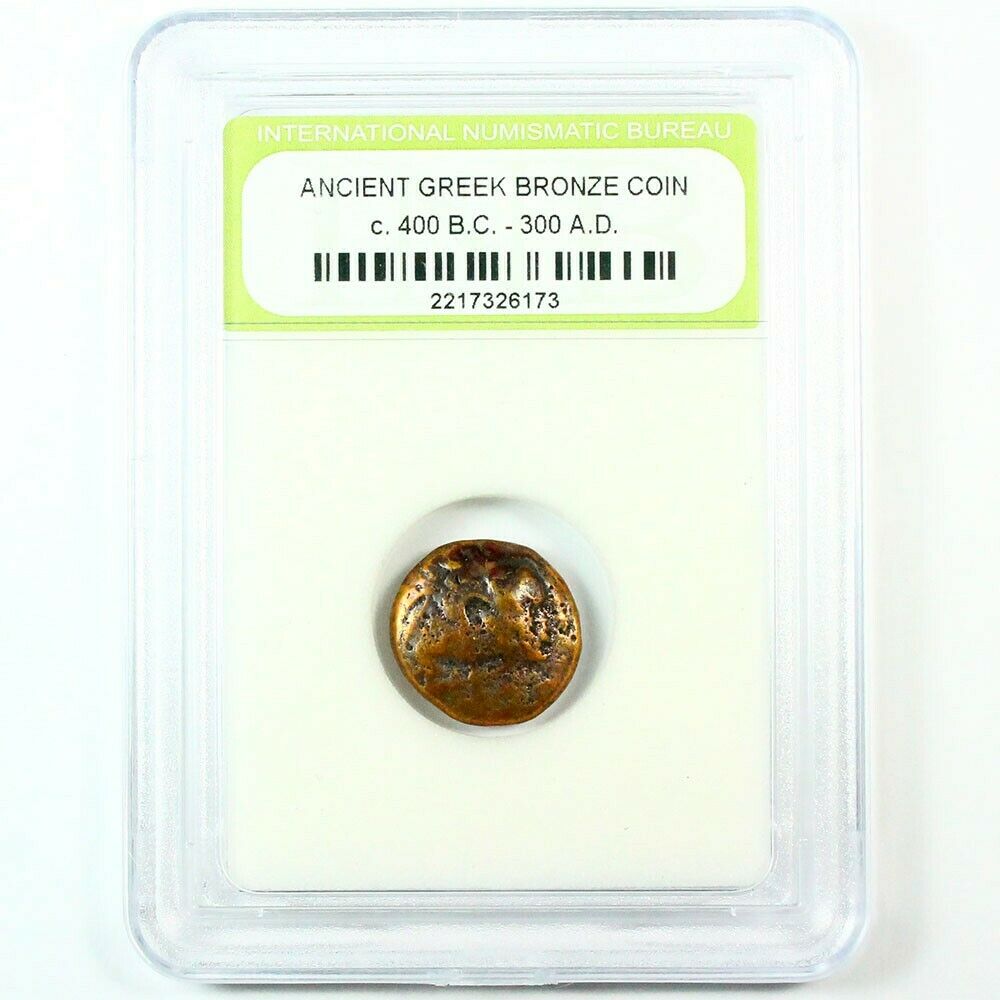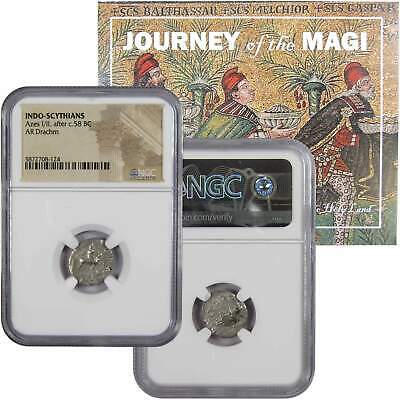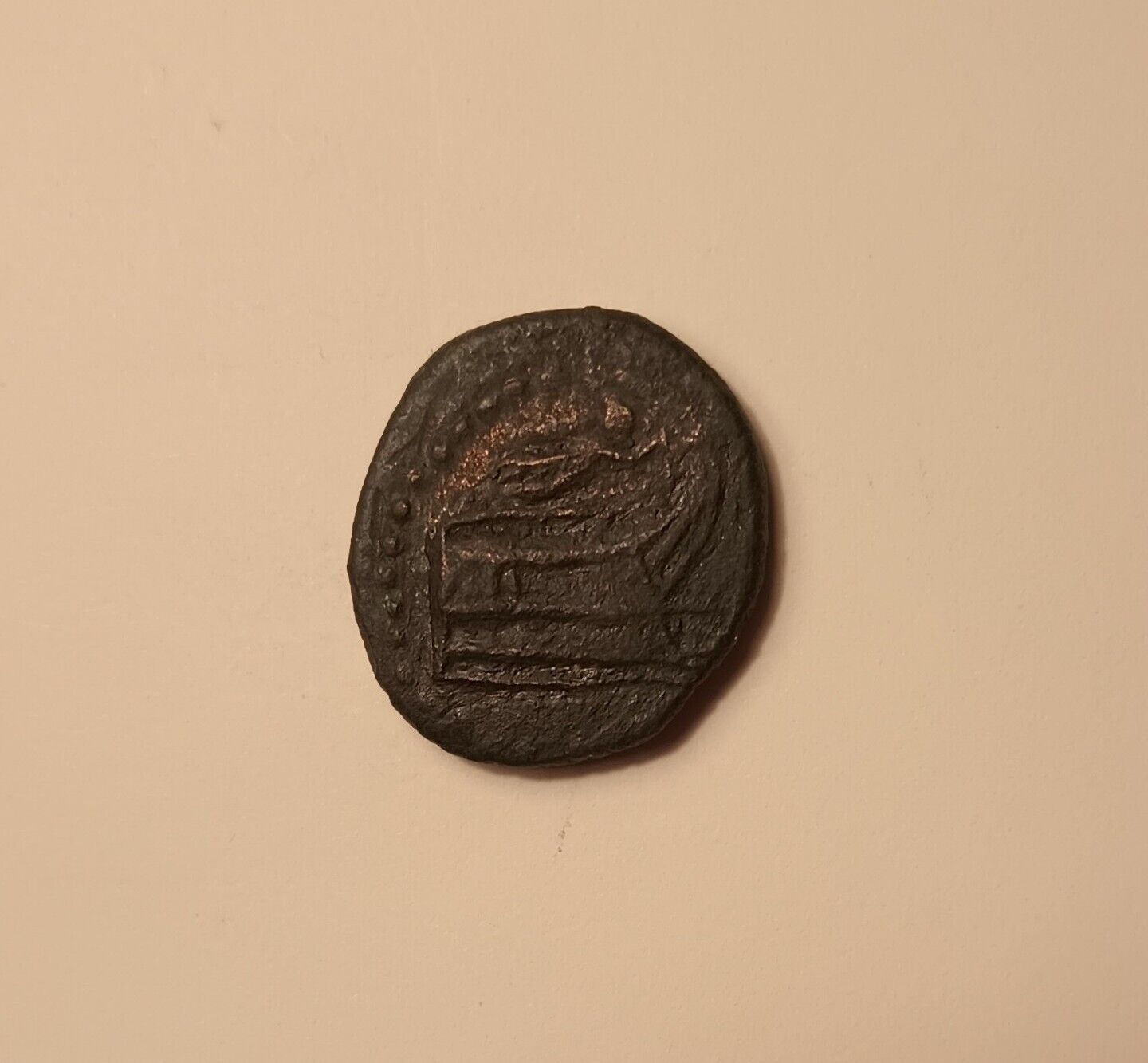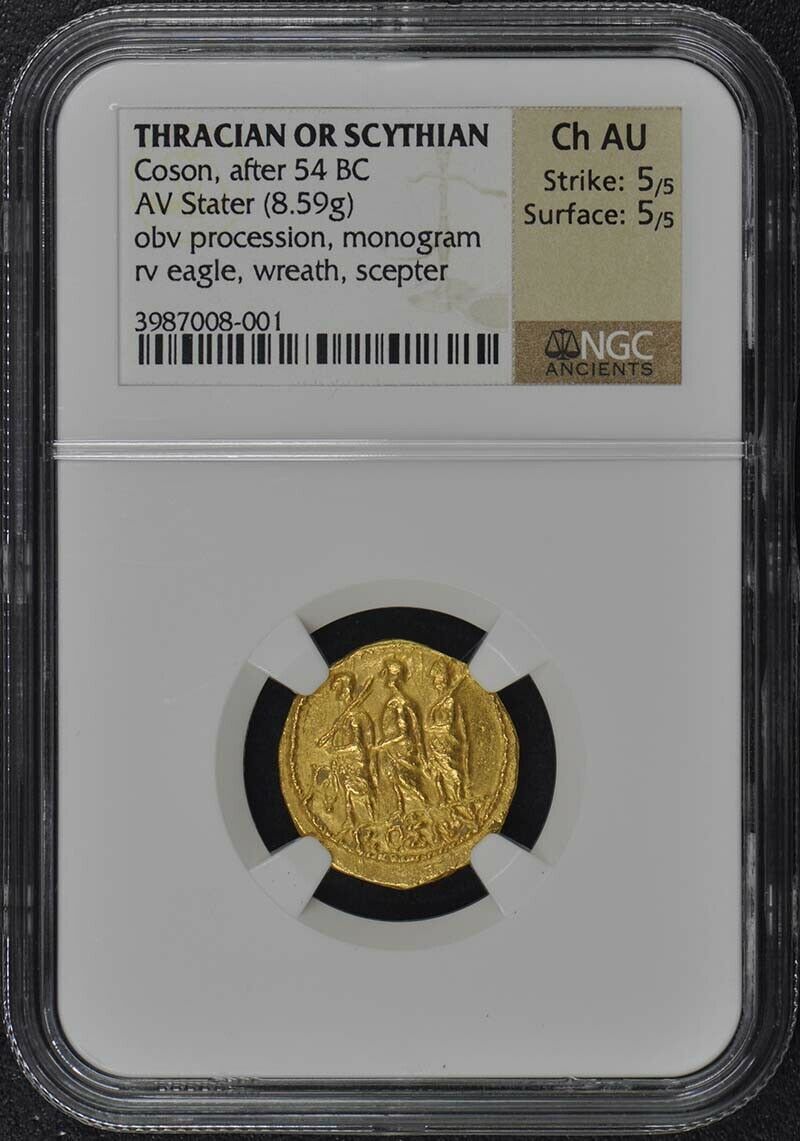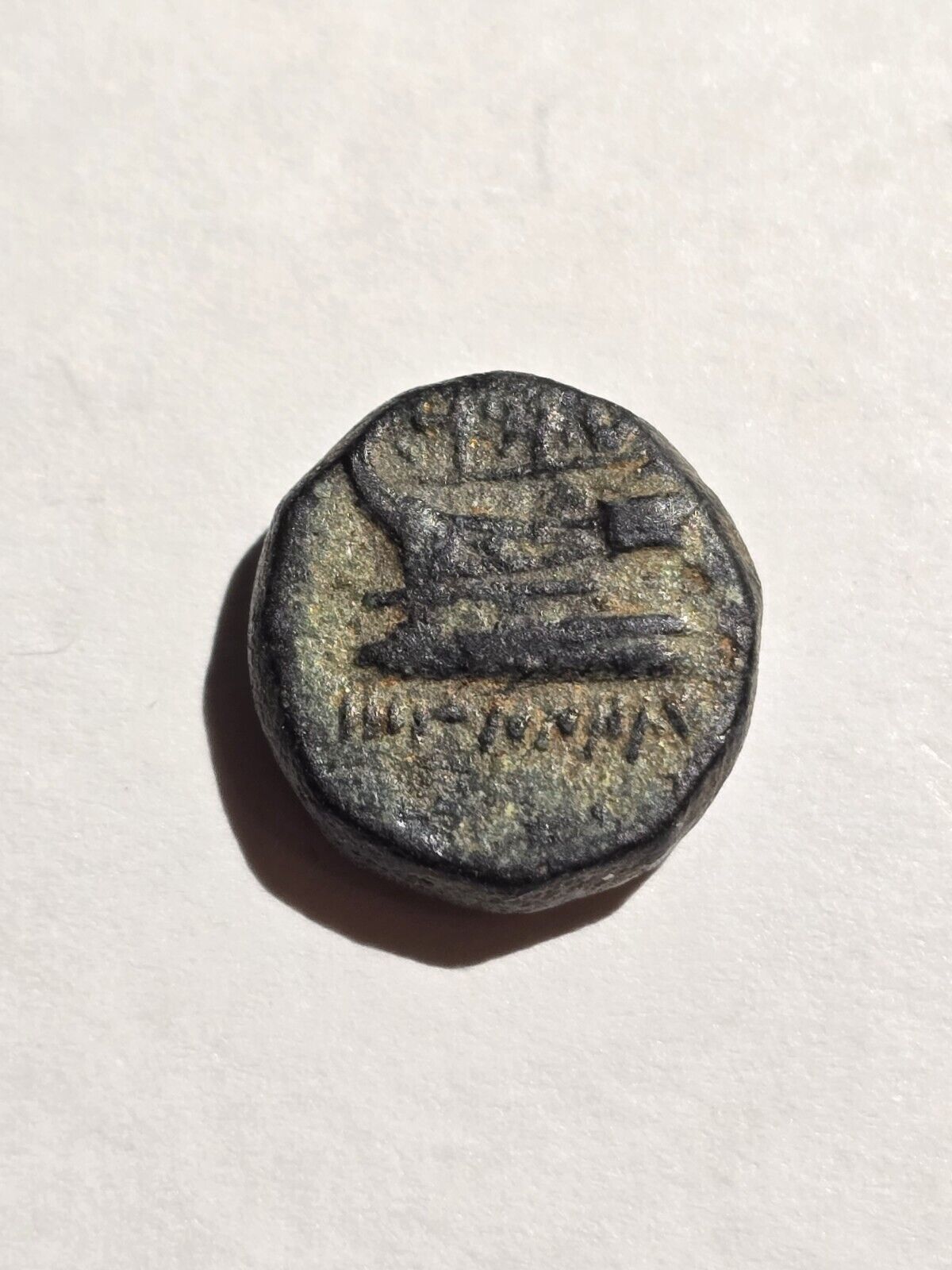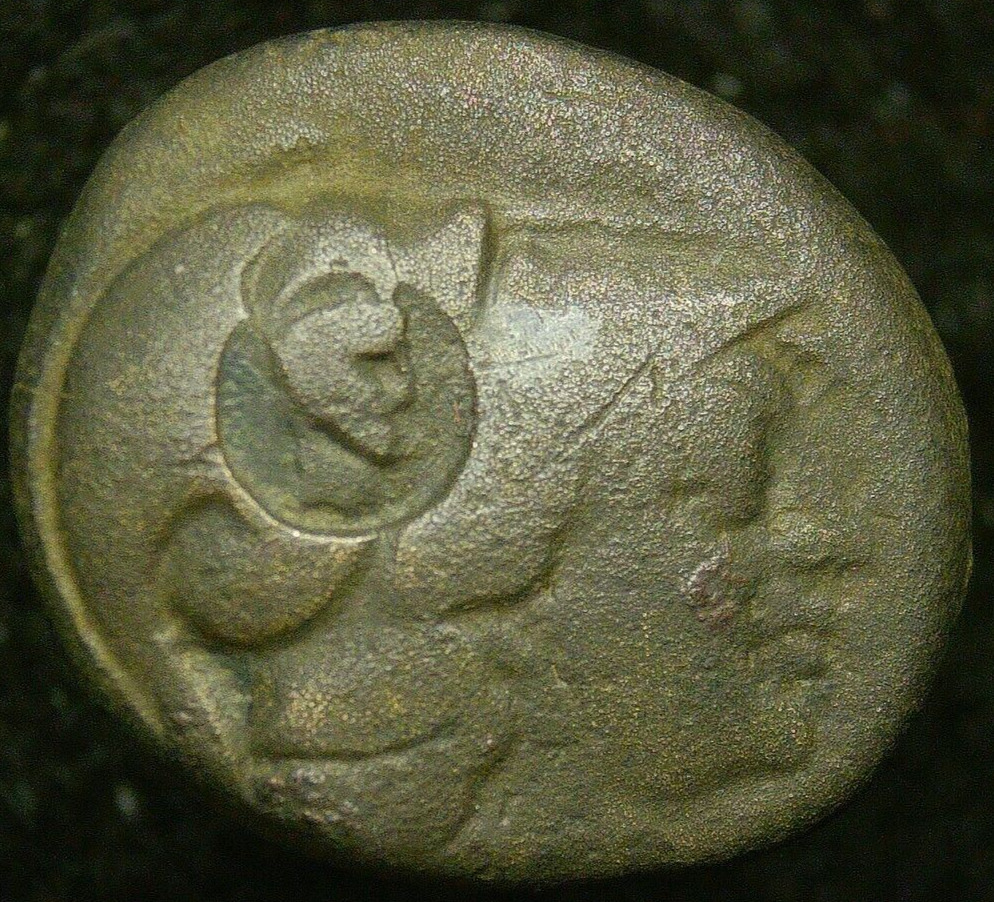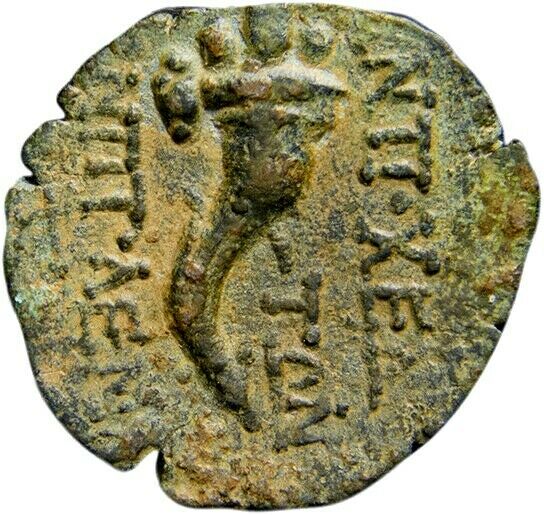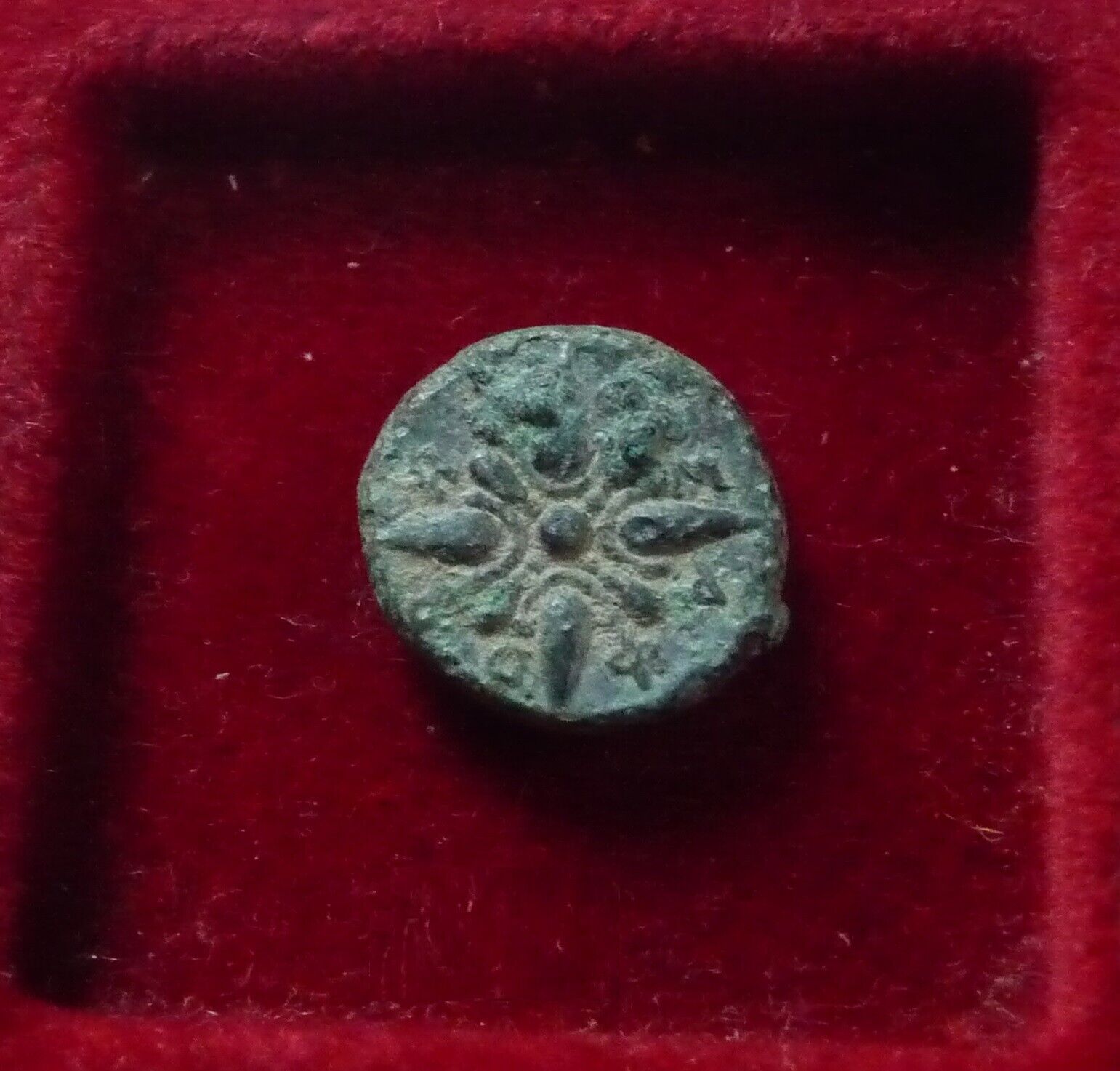-40%
ALEXANDER III the GREAT 336-323 BC DECADRACHM Silver Greek Coin NGC Dekadrachm
$ 43296
- Description
- Size Guide
Description
Kingdom of Macedon, Alexander III 'the Great' AR Dekadrachm. Babylon, circa 325-323 BC. Head of Herakles right, wearing lion skin headdress / Zeus Aëtophoros enthroned to left, holding sceptre; [AΛEΞANΔPOY] to right, monogram above M below throne. Price 3598 (same obv. die as illustration)
Most museums do not have this one in their collection. Own one of the most sought after coins in the ancient coin world. Only 20-25 known. Of all the greek coins this coin has the most probability that Alexander the Great actually had this coin in his hand. Read the experts opinions below:
Opinion #1:
Silver dekadrachms, be they of Athens, Syracuse, Akragas or Carthage, have ever been amongst the most desired and sought-after of ancient coins by virtue of their impressive size and weight, and the large canvas they presented for the showcasing of the engraver's art. Though considered 'rare', the surviving dekadrachms of Syracuse number in the high hundreds or low thousands, and those of Athens in the dozens. Fewer than twenty dekadrachms of Alexander are known to exist today - figurative grains of sand on a beach amidst the hundreds of thousands of surviving tetradrachms, drachms, staters and other fractions. The extreme rarity of Alexander's dekadrachms has therefore contributed an aura of unobtainability to the mystery of this most iconic coinage. Missing from most of the world's major institutional collections, the majority of the examples known today originated from the 1973 'Babylon' Hoard (sometimes also referred to as the Mesopotamia Hoard), and a smaller 1989 find that Martin Price believed to be a part of the original 1973 deposit. The eight coins that are known to have come from these two groups form the backbone of the Dekadrachm corpus.
Struck in three emissions from a mint generally considered to be at Babylon, but possibly Susa or Ekbatana, the dekadrachms formed part of a massive conversion of bullion seized from the Persian Royal treasuries at Susa and Persepolis - some 180,000 Attic talents (4,680 metric tons) were liberated from those vaults, converted by decree of the King into ready coinage to meet the expenses of his vast empire and to pay his beloved soldiers. That so few examples of this large denomination survive today is potentially indicative of a special significance or purpose for these coins. It is certainly tempting to think - as many often have - that they represent presentation pieces intended for certain men of rank, and that Alexander, who was well known for his love of giving gifts, may have distributed them personally. In reality though, their low survival rate is probably due to the impracticality of the denomination, since the ubiquitous tetradrachm was the more common and more convenient medium of payment.
Regardless of its intended purpose, and though it represents only a small splinter that survives of Alexander's great vision, today his dekadrachms are one of the most tangible artifacts of his reign, and amongst the greatest prizes of ancient Greek numismatics.
Opinion #2
:
The son of the brutal but capable King Philip II of Macedon, Alexander came to the throne upon his father's assassination in 336 BC and immediately launched into a career of conquest that took him to the very ends of the known world. Using the invincible army his father had assembled and trained, Alexander attacked the gigantic Persian Empire and defeated its king, Darius II, in three titanic battles between 335 and 332 BC. Unsatisfied with simply plundering the Persian realm and returning to Macedon, Alexander spent the next eight years driving his army steadily eastward, into the deserts of Arabia, the rugged mountains of Afghanistan, and the jungles of India, founding new cities in his wake. A true visionary, he sought a fusion of cultures and peoples, exhorting his soldiers to take wives from the local native populations and adopt Persian and Indian modes of dress. Alexander's conquests "liberated" tons of gold and silver that had been locked away for centuries in the Great King's treasuries in Sardes, Susa, Persepolis and Babylon. Mint masters soon set to work turning this huge haul into coins, which were paid out to Alexander's soldiers and high officials in staggering quantities. However, the silver decadrachm denomination, worth 10 Attic drachms and 2.5 tetradrachms, was struck in limited numbers, indicating they were presentation pieces intended for only the top tier of Macedonian officers. Their extreme rarity today -- fewer than 20 are known to exist -- makes it highly likely that these pieces were handed out by Alexander himself at a special ceremony, perhaps the one recorded at Susa in 324 BC where the great conqueror assembled his army and distributed up to 20,000 talents to his Macedonian veterans. The bidder on this piece thus has an opportunity to acquire a coin that, with a high degree of likelihood, could have passed through the hands of Alexander the Great.





